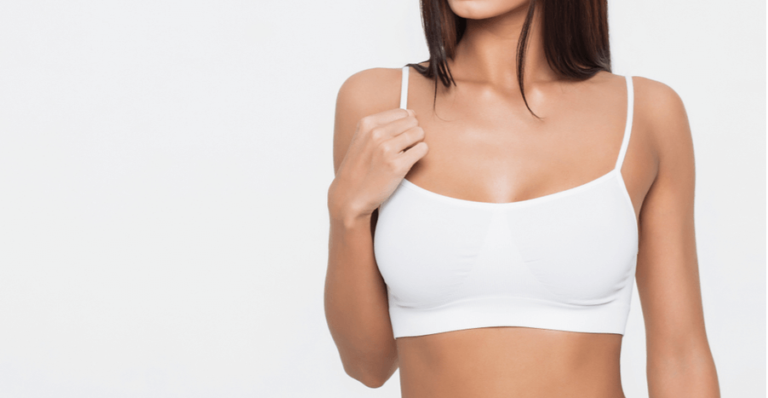Natural breast augmentation represents a significant shift from traditional implants to methods that use the patient’s own body tissues and fat to enhance breast size and shape. This method has gained popularity among those looking for a more natural look or those who prefer to avoid synthetic materials. This article explores the various techniques involved in natural breast augmentation, its benefits, potential risks, and important considerations before opting for the procedure.
What is Natural Breast Augmentation?
Natural breast augmentation, also known as autologous fat transfer or fat grafting, involves the process of extracting fat from one part of the body—commonly areas with excess fat like the abdomen, thighs, or flanks—through liposuction, and then injecting it into the breast. This technique not only increases breast size but also enhances breast shape naturally without the need for silicone or saline implants.
Techniques Used in Natural Breast Augmentation
- Fat Harvesting: The first step involves liposuction to collect fat from designated areas of the body. This is done using a small cannula that suctions out fat gently to minimize damage to the fat cells.
- Fat Processing: Once the fat is harvested, it undergoes processing to separate the healthy fat cells from damaged cells and other fluids. Centrifugation or filtration is commonly used to ensure that only viable fat cells are prepared for injection.
- Fat Injection: The processed fat is then carefully injected into the breasts using specialized techniques to ensure a natural look and feel. The surgeon strategically places the fat to achieve the desired volume and contour.
Benefits of Natural Breast Augmentation
- Natural Feel and Appearance: Since the augmentation uses the patient’s own fat, the breasts tend to feel and move more naturally compared to traditional implants.
- Dual Benefit: This procedure not only enhances the breasts but also slims down areas where fat is harvested, offering a contouring effect.
- Lower Risk of Rejection: As the material injected is the patient’s own fat, there is a lower risk of rejection or allergic reactions compared to synthetic implants.
- Minimal Scarring: Fat transfer requires only small incisions for fat extraction and injection, leading to minimal scarring.
Potential Risks and Complications
- Fat Absorption: One of the primary risks is the partial absorption of the injected fat by the body, which can lead to a decrease in breast volume over time and may require additional procedures.
- Asymmetry: There’s a risk of uneven fat distribution, which could lead to asymmetrical breast shapes.
- Infection and Other Complications: As with any surgical procedure, there are risks of infection, bleeding, or other complications related to anesthesia.
Who is a Good Candidate?
Ideal candidates for natural breast augmentation are those who:
- Are looking for a moderate increase in breast size and natural results.
- Have sufficient fat reserves in other body parts suitable for fat harvesting.
- Do not have a history of breast cancer or significant health issues.
- Have realistic expectations about the outcomes of the procedure.
Choosing the Right Surgeon
Selecting a qualified and experienced plastic surgeon is crucial for a successful natural breast augmentation. Look for a surgeon who specializes in autologous fat transfer and can provide before-and-after photos of their previous patients. It’s also important to discuss all aspects of the procedure, including potential risks and the likelihood of needing additional treatments.
Natural breast augmentation offers a promising alternative to traditional breast implants, providing a more natural look and feel with additional body contouring benefits. However, like any medical procedure, it comes with potential risks and requires careful consideration and consultation with a skilled plastic surgeon to ensure the best outcomes tailored to individual needs and body types.
